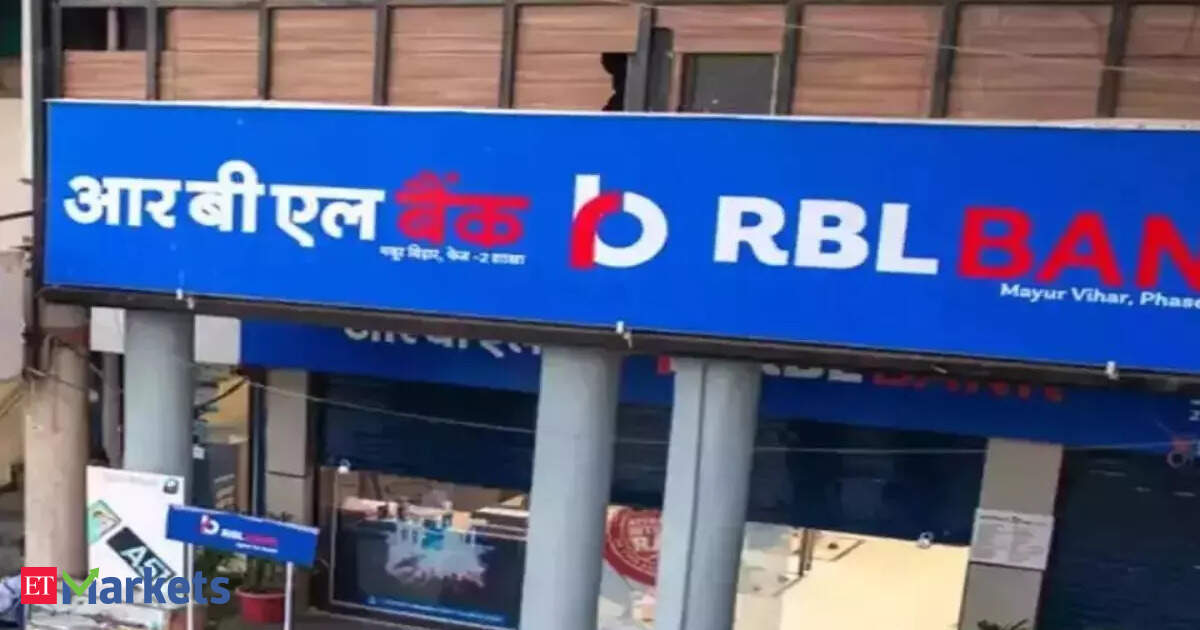RBL Bank said its Net Interest Income (NII) fell 13% YoY to Rs 1,481 crore from Rs 1,700 crore a year ago, and declined 5% sequentially compared to Rs 1,563 crore in the March 2025 quarter. The bank’s net interest margin (NIM) for Q1 FY26 stood at 4.50%.
Operating profit declined 18% YoY to Rs 703 crore, with the bank attributing the contraction to a reduction in unsecured lending and the impact of the recent repo rate cut. Meanwhile, operating expenses rose 12% YoY to Rs 1,847 crore, compared to Rs 1,646 crore in Q1 FY25.
Despite these pressures, net total income registered a modest growth of 2% year-on-year to Rs 2,550 crore.
Deposit momentum led by retail growth
The bank’s total deposits grew 11% YoY to Rs 1,12,734 crore. CASA deposits also rose 11% to Rs 36,614 crore, maintaining a CASA ratio of 32.5%.
Granular deposits, defined as deposits below Rs 3 crore, grew 16% YoY and 5% quarter-on-quarter to Rs 57,934 crore, now comprising 51.4% of the bank’s total deposit base.
Capital and liquidity remain robust
RBL Bank said it remains well-capitalised for medium-term growth. Its total capital adequacy ratio stood at 15.59% as of June 30, 2025, marginally higher than 15.56% a year earlier. The Common Equity Tier-1 (CET1) ratio improved 20 basis points year-on-year to 14.05%.The average Liquidity Coverage Ratio (LCR) for Q1 FY26 was 152%, indicating ample high-quality liquid assets.
Asset quality stable despite uptick in gross NPAs
Gross non-performing assets (GNPA) rose slightly to 2.78% as of June 30, 2025, from 2.69% a year earlier. However, net NPA improved sharply to 0.45%, down from 0.74% in the same period last year.
Also read | Yes Bank Q1 Results: PAT jumps 59% YoY to Rs 801 crore, NII up 5.7%
The bank reported a provision coverage ratio, including technical write-offs, of 94.2%. Total provisions, comprising specific, general, and contingent buffers, stood at 105% of gross NPAs, underscoring a conservative risk posture.
(Disclaimer: Recommendations, suggestions, views and opinions given by the experts are their own. These do not represent the views of the Economic Times)




